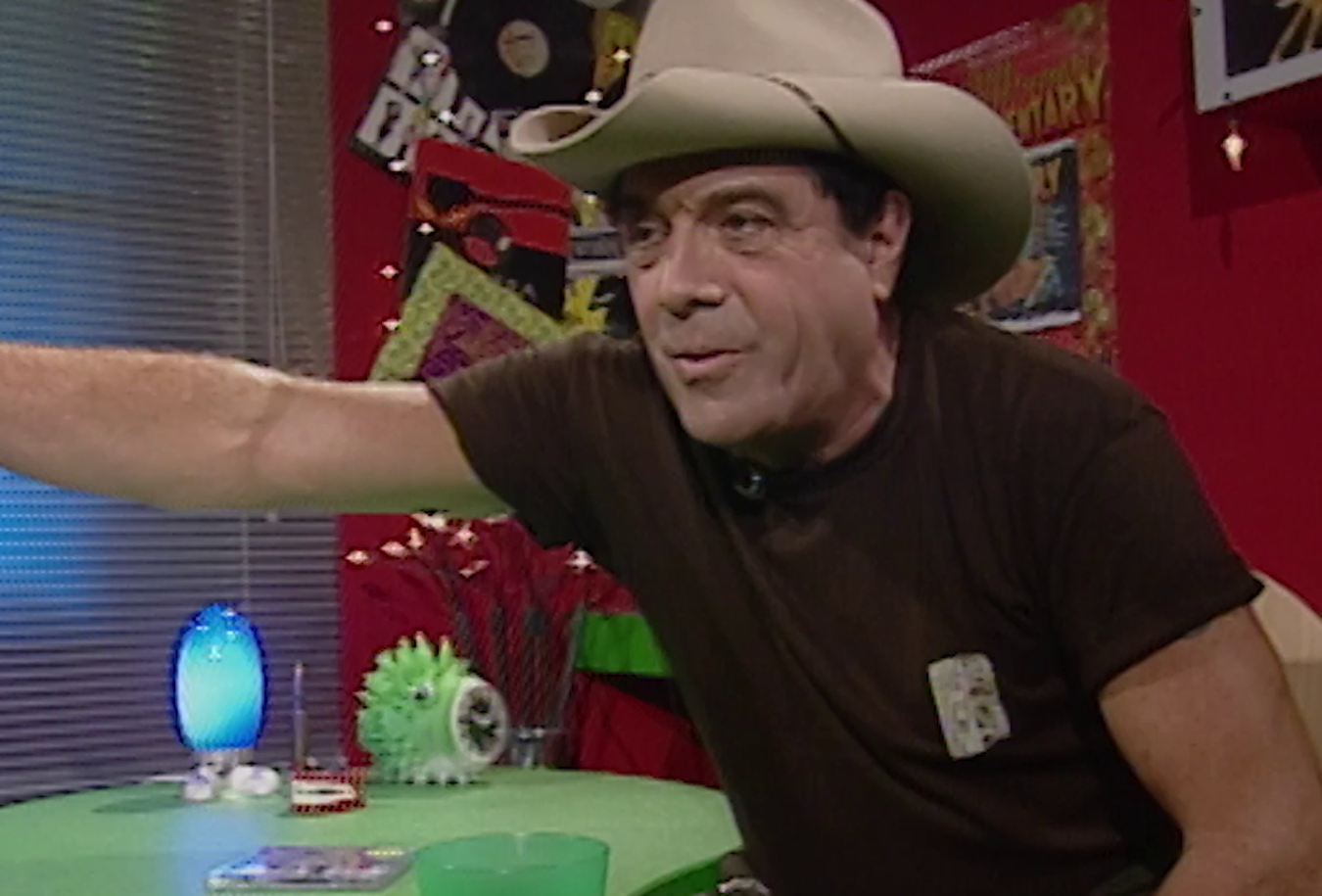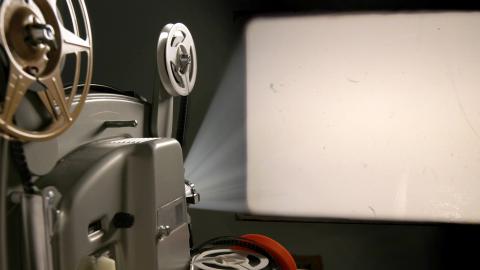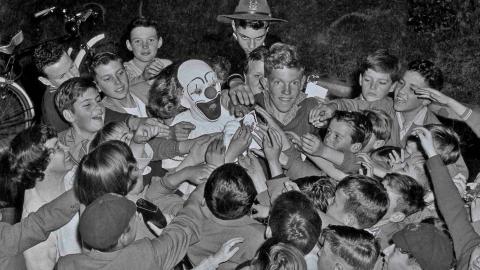

Circus
Australian Circus Shows, Performers and History
This collection celebrates Australia's rich history of circus and carnival performers.
It includes footage of Wirth's Circus, which entertained audiences for over 100 years, as well as the Flying Fruit Fly Circus and Circus Oz.
There is also remarkable footage of a police motorcycle chariot race, country musician Smoky Dawson's knife throwing act, acrobats, animals, clowns – and even a cockatoo circus!
The first recorded circus entertainments were given in Sydney in 1833 by two tightrope walkers, one of whom was a former convict. Outside Sydney, Radford's Royal Circus opened in Tasmania in 1847.
Main image: Wirth's Circus Parade (Lord Mayor’s fund), 11 April 1941. Call number Home and Away – 30713. From the collections of the State Library of NSW.
Note: some of these clips feature animals performing in a circus or carnival context. The NFSA does not endorse the use of animals for entertainment purposes and presents these clips as part of Australia's audiovisual history.
WARNING: this collection may contain names, images or voices of deceased Aboriginal and Torres Strait Islander people.
The National Film and Sound Archive of Australia acknowledges Australia’s Aboriginal and Torres Strait Islander peoples as the Traditional Custodians of the land on which we work and live and gives respect to their Elders both past and present.


